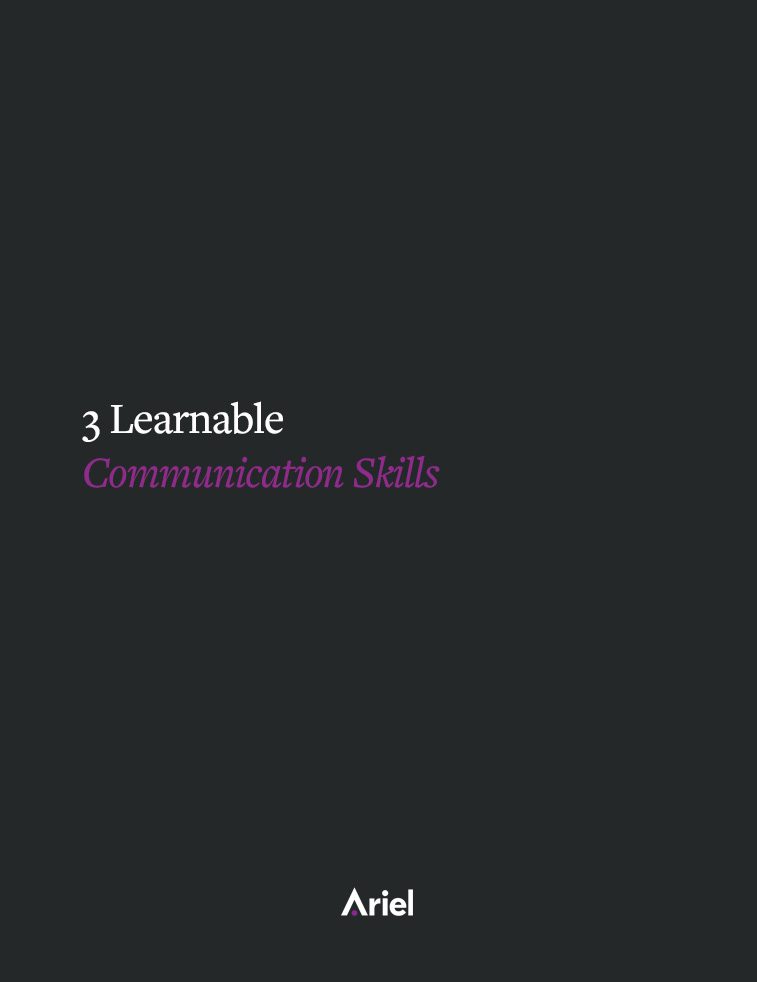Are You a Good Audience Member?

Supportive audience members and peers can give energy to a presenter. If the audience is on the same page with you, it can be a powerful moment.
I love to travel, and I’ve done so by plane more times than I can count. In fact, I could probably go through the myriad of security procedures myself:
To fasten your seat belt, slide the flat end of the buckle inside.
To release, lift up on the buckle.
Here’s how to put on your life vest – don’t inflate it inside the aircraft!
Find the nearest emergency exit, keeping in mind it may be behind you.
It’s comforting to know I have a back-up career.
Despite the fact I can recite this – verbatim – I still pay attention to the crew every time I board a plane.
Why? I read that flight attendants look for engaged audience members during the security spiel. In an emergency, every second counts and they rely on folks who they know paid attention. And with more passengers “ignoring” or checking Facebook one last time, some have even gone to great comedic lengths to keep our attention. This may be an extreme case, but it makes my point – being a good audience member matters.
What Makes a Good Audience?
When it comes to our workshops I’m a seasoned veteran, having taken the Personal Presence: Value Proposition courses (you can read about my experience in our Value Proposition course here). Last month, I had a chance to further develop my leadership abilities and skills, and was reminded of “good audience behavior.”
One of the first experiential exercises we did called for us to do a presentation with a particular emotion in mind. And the audience, in turn, had to mimic the emotion with the presenter. For example, if I’m talking about grocery shopping and how it brings me so much anger, my voice and my eyebrows would lower. I may clench my fists in frustration. The audience would join me – gripping the hair on their head – to mirror the anger I’m expressing.
Whoa. This might have been the most engaged audience I’ve ever experienced.
The oohs and ahhhs, the head nods, the smiles. I had to remind myself that this behavior isn’t universal at all meetings.
An Honest Reflection
The whole experience made me wonder – How do I act in meetings?
Well, if I’m going into a meeting that I’m not running, it’s a relief. My body slouches. I may space out a few times and even check the clock on the wall. Maybe my phone lights up and I check an incoming (albeit, not important) email.
But what impact is my body language is having on the other person – the person presenting?
Up until taking our workshop, I hadn’t given that question much thought. And before it, I’d probably grade myself high on the “people you want to have in the room when you present” awards.
Now? A solid C. If that.
While I’m not having side conversations with my coworkers, or interrupting, or asking a million questions, I realized that often, I’m not fully present. Not one bit. (And trust me – this is harder for remote team members. When you have a computer in front of you, distractions are endless.) I doubt I’d be able to recite what my team members say the way I can the airplane safety procedures.
Then came the epiphany:
Supportive audience members and peers can give energy to a presenter. If the audience is on the same page with you, it can be a powerful moment. The message is being received and understood. By the same token, a non-supportive or distracted audience can suck energy away: Why can’t I hold their attention? Is what I’m saying boring? Am I not making my point?
With that in mind, here’s how you can be a supportive audience member:
- Put your devices away. In the days of laptops and cell phones, it’s easy to be glued to our devices. But when someone’s presenting or sharing an idea, do you really need to look at it? You could be the person the presenter is trying to connect with – the decision maker they need to get on board – and if they look over and see you reading your phone or typing away, it could let all of the air out of their tires! Put the devices away and see what kind of impact it has on the communication.
- Maintain eye contact. The easiest way for someone to tell if you’re paying attention? Keep your eyes on them. Just like flight attendants use passengers’ eye contact to see if someone is paying attention, speakers do the same.
- Use supportive body language and be responsive. A smile and a head nod can go a long way. And feel free to use language too. On the phone a simple “mmm hmmm” allows the speaker to know that they are being listened too. You can do the same in a meeting. Saying “yes,” or cheering during a big win for your team can illustrate responsiveness.
- Check your energy. Have you ever been in a meeting with someone with low energy? A single person has the ability to suck all of the oomph out of the room. The more energetic you are, the greater chance the speaker will feed off of it. It’s amazing how much of a boost a presenter can get from it!
- Get present. If you notice your mind start to drift off (as it can naturally do), make a conscious effort to bring it back to the present moment. It’s important to remain present for your fellow colleagues. Place your feet flat on the floor, scooch your bum a little forward in your chair and take a nice deep breath. If you are tired or need to be present, place your feet flat on the ground in your chair and take a deep breath.
An Invitation
The purpose of a meeting is to meet – in person or virtually – to talk about projects, updates, deadlines, etc. So as an audience member, try to think of meetings as an invitation – an invitation to learn more, get an update on a project, or simply an invitation to get to know your coworkers better.
So, are you a good audience member?
The next time you head into a meeting, take a doorway moment, and make sure the energy you are giving off is a resounding YES.
